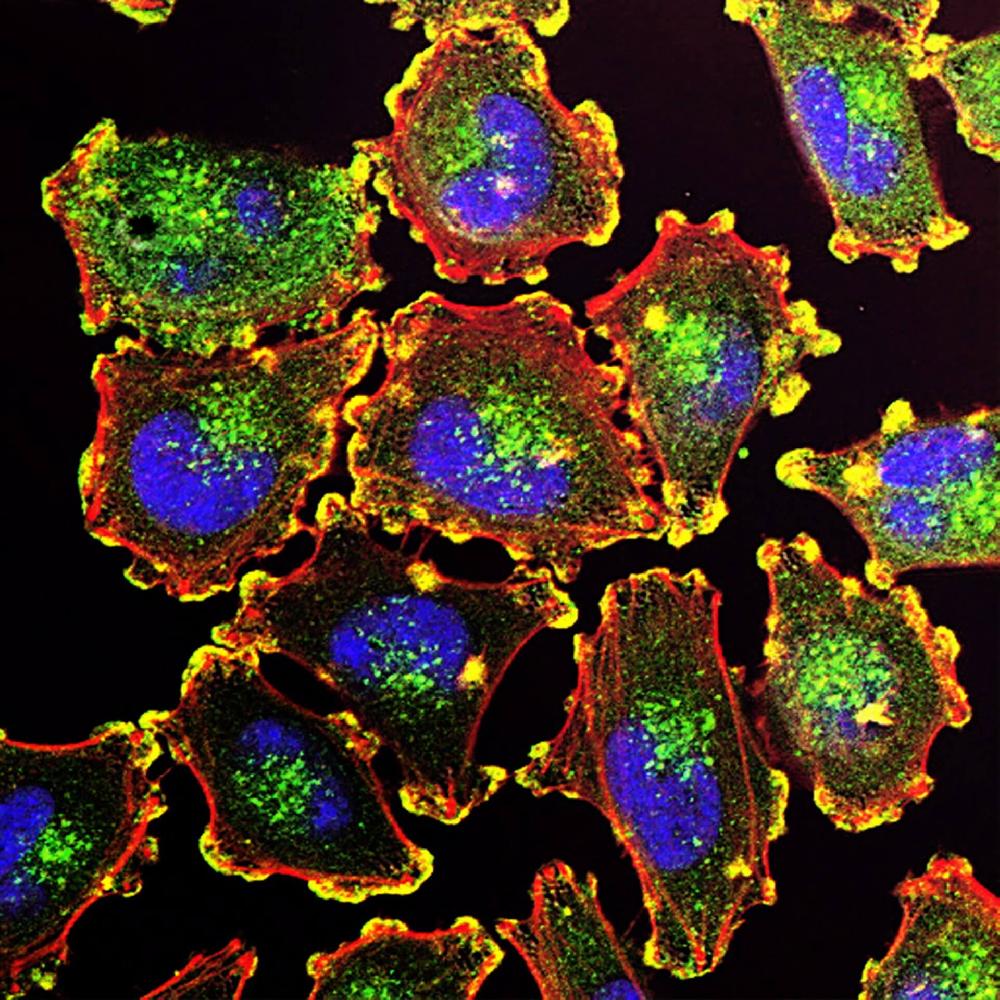This website uses cookies to ensure you get the best experience on our website.
- Table of Contents

Facts about WD repeat-containing protein 11.

WDR11 complex facilitates the tethering of Adaptor protein-1 complicated (AP-1)-derived vesicles. WDR11 complicated acts together with TBC1D23 to facilitate the golgin- mediated capture of vesicles generated using AP-1 (PubMed:29426865).
| Human | |
|---|---|
| Gene Name: | WDR11 |
| Uniprot: | Q9BZH6 |
| Entrez: | 55717 |

| Belongs to: |
|---|
| No superfamily |

Bromodomain and WD repeat-containing protein 2; BRWD2DKFZp434L1715; DR11; FLJ10506; FLJ42531; KIAA1351bromodomain and WD repeat domain containing 2; WD repeat domain 11; WD repeat domain 15; WD repeat-containing protein 11; WD repeat-containing protein 15; WDR15
Mass (kDA):
136.685 kDA

| Human | |
|---|---|
| Location: | 10q26.12 |
| Sequence: | 10; NC_000010.11 (120851313..120909525) |
Ubiquitous.
Cytoplasm, cytoskeleton, cilium basal body. Cytoplasm. Nucleus. Cytoplasm, cytoskeleton, cilium axoneme. Cytoplasmic vesicle. Golgi apparatus, trans-Golgi network. Shuttles from the cilium to the nucleus in response to Hh signaling (PubMed:29263200). Might be shuttling between the nucleus and the cytoplasm (PubMed:20887964).




PMID: 11536051 by Chernova O.B., et al. A novel member of the WD-repeat gene family, WDR11, maps to the 10q26 region and is disrupted by a chromosome translocation in human glioblastoma cells.
PMID: 20887964 by Kim H.G., et al. WDR11, a WD protein that interacts with transcription factor EMX1, is mutated in idiopathic hypogonadotropic hypogonadism and Kallmann syndrome.